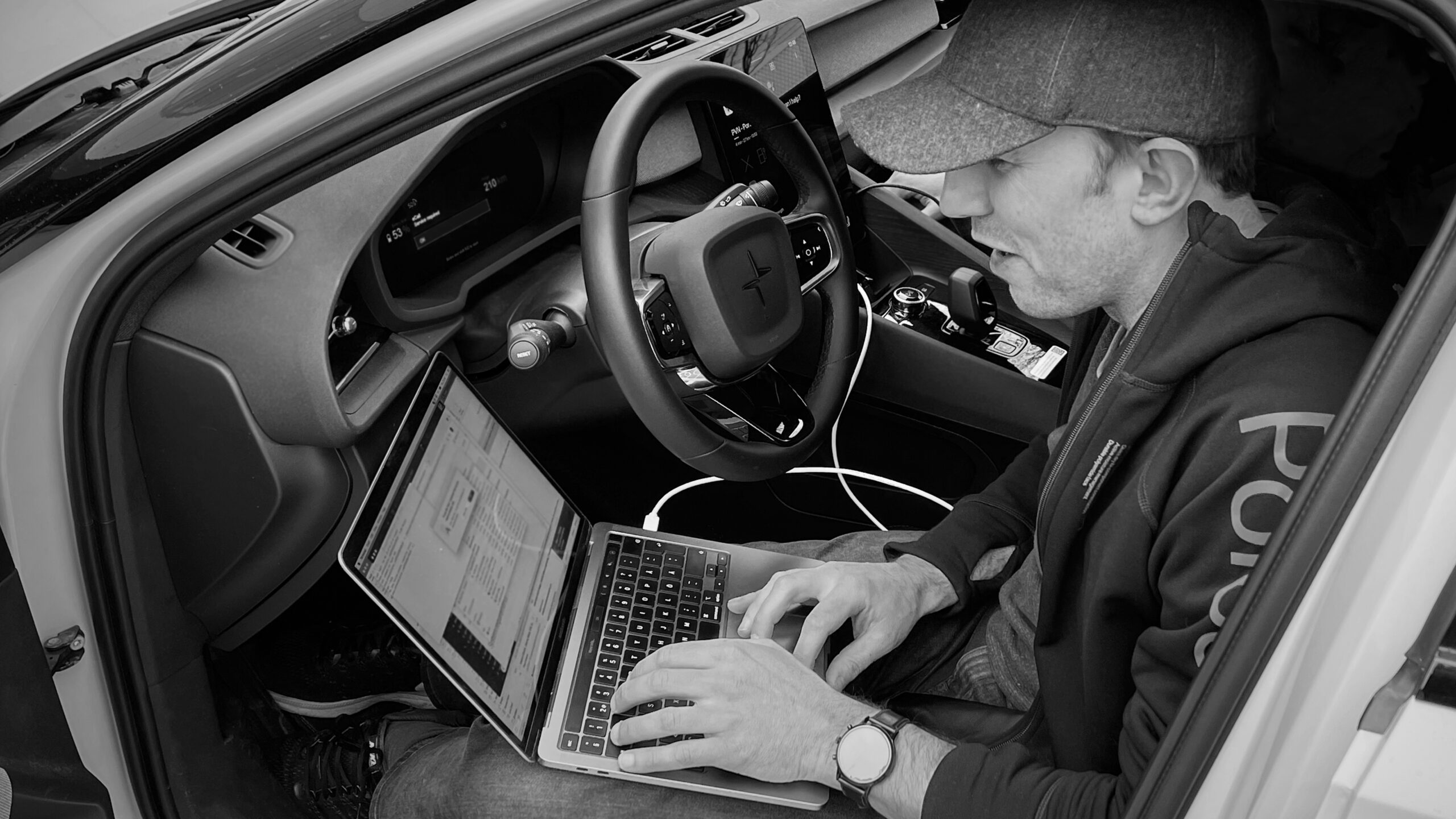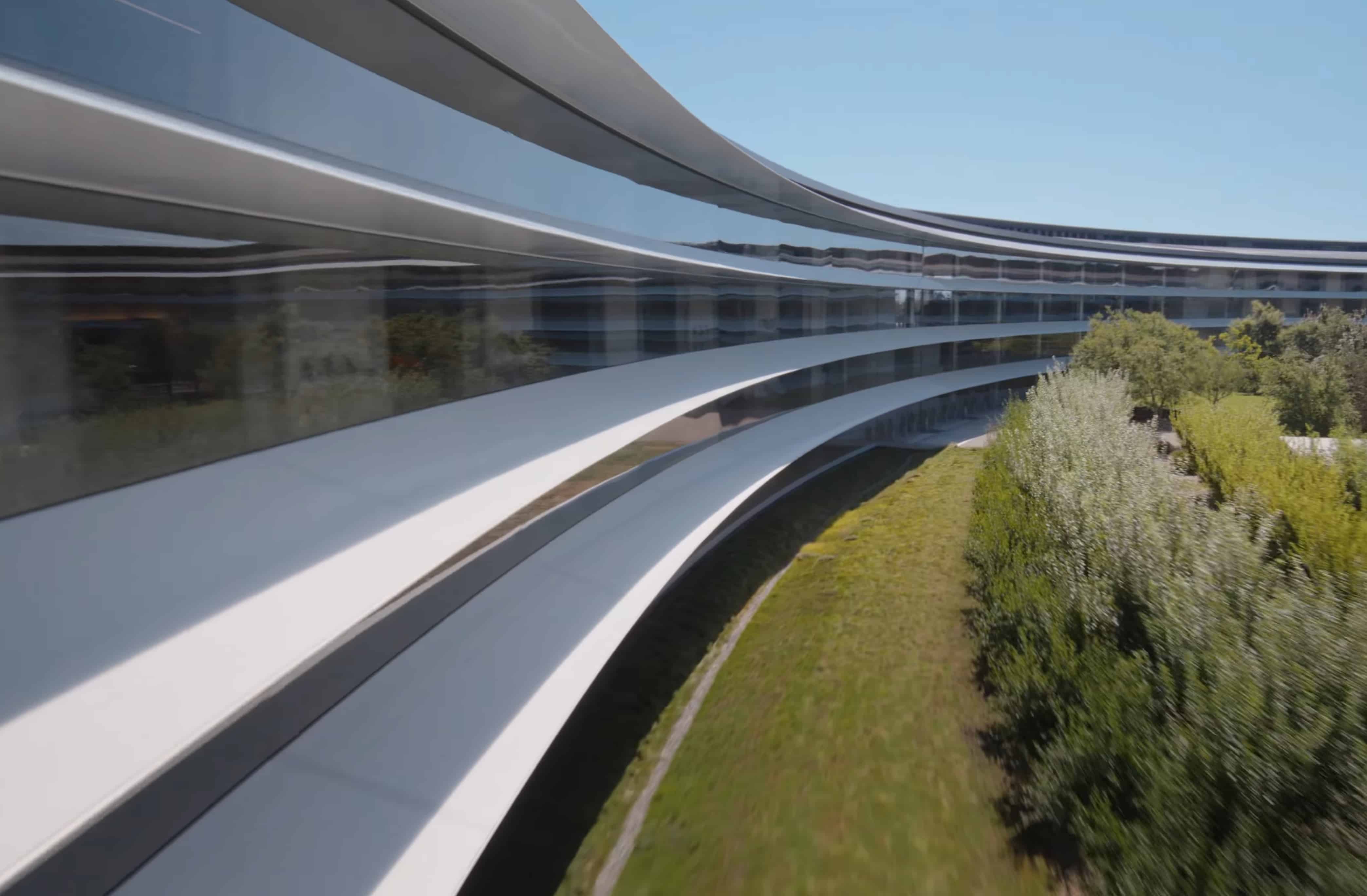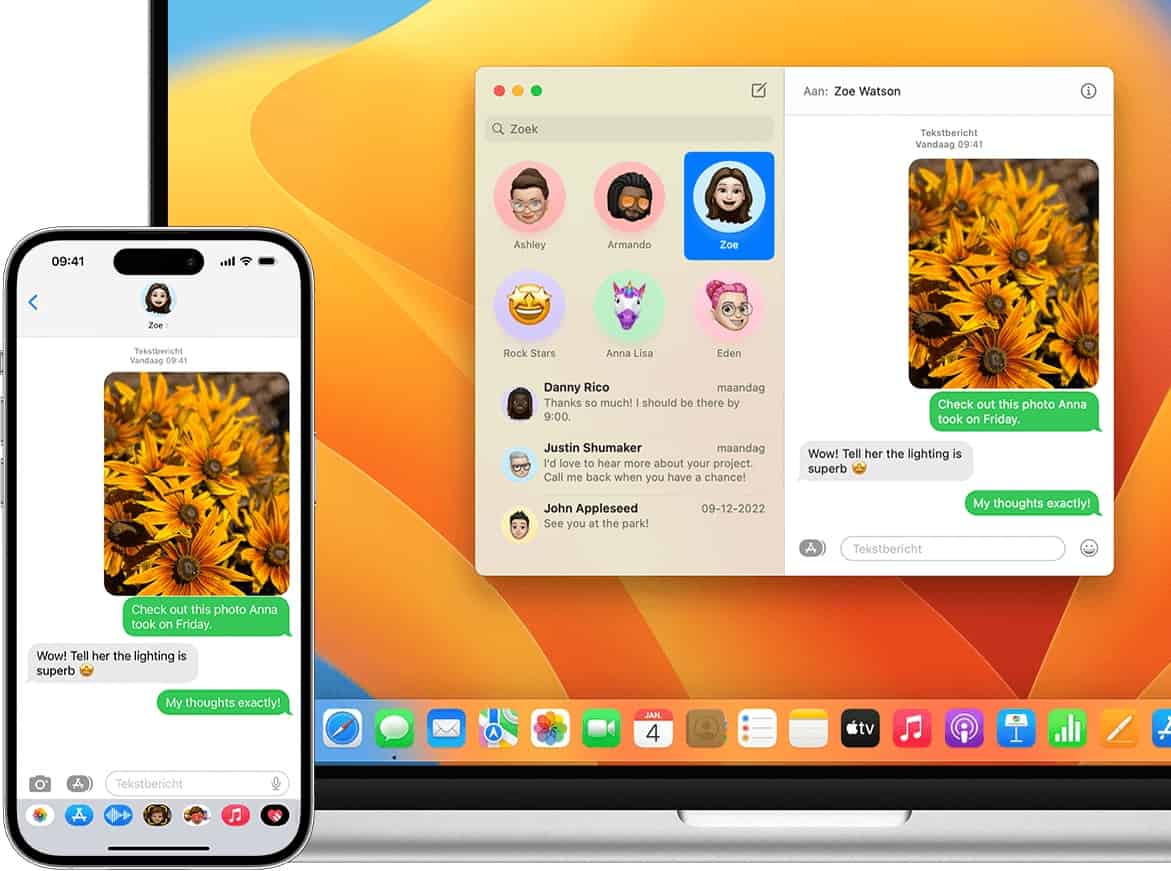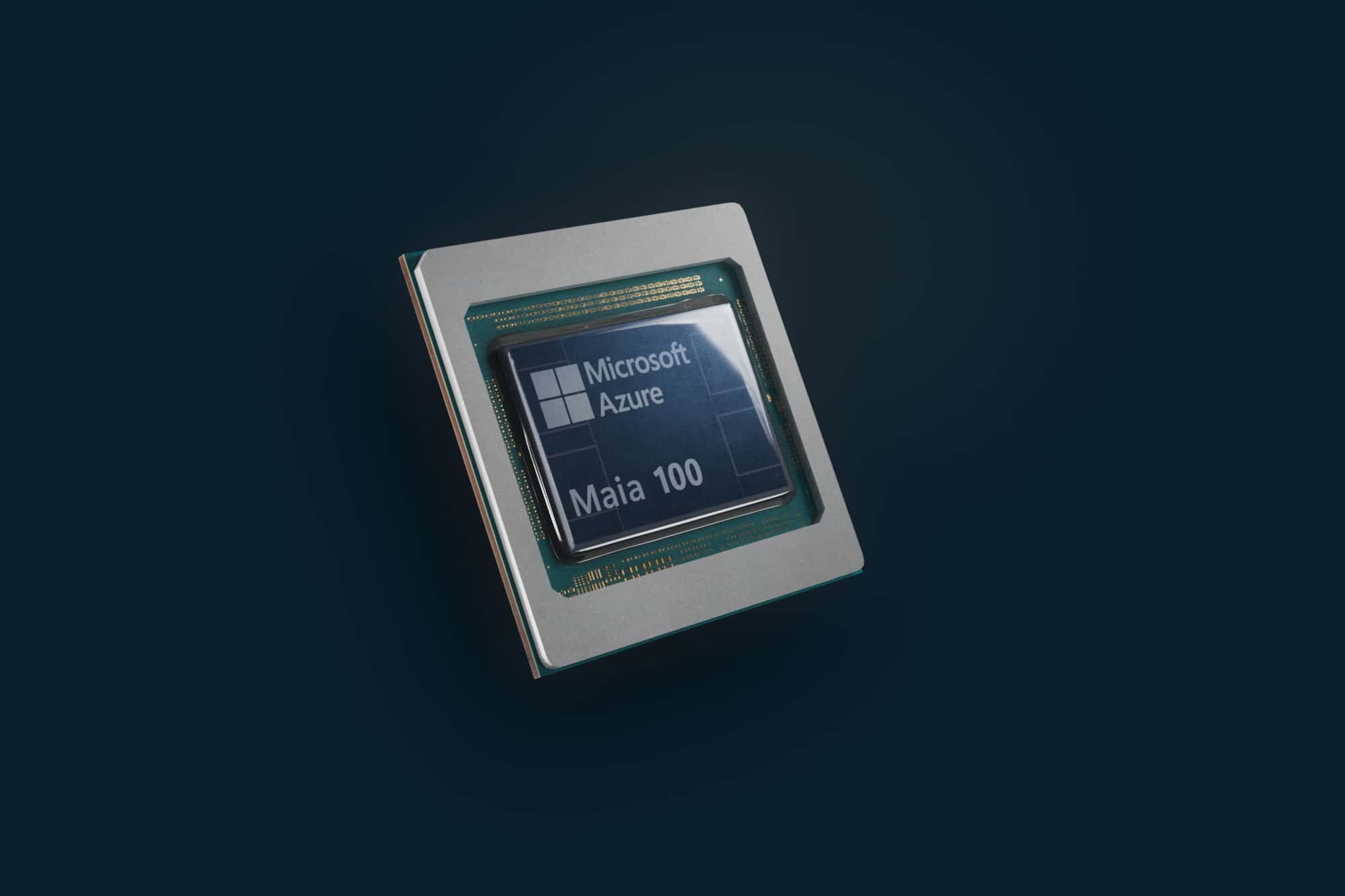
A few weeks ago, four high-profile personalities from the German automotive industry came together in a webinar hosted by the renowned German magazine Automobilwoche. The topic was exciting because it was about the “battle for the operating system of the car.”
This battle is currently being waged not only by OEMs but also by suppliers from the automotive sector, not to mention IT companies such as Google, Microsoft and Apple. It was therefore only logical that, in addition to the congenial Sajjad Khan from Mercedes-Benz, specialists from Bosch, TTTech Auto and the consulting firm Capgemini were also on hand.
This meant that three specific areas were covered: a large renowned car manufacturer, a large renowned supplier and a small, nimble outsider that wants to stay in the game by being fast and dynamic.
Not dependent on Google
What they all had in common was the desire to create their own proprietary car operating system that would be scalable and thus fit for the future. Nor did they want to become dependent on external companies like Google and others, but the time horizon until completion was unclear; there was talk of dates after 2024.
Not so long ago, the American “grand seigneur of automotive engineers,” Sandy Munro, discussed the chances of newly-developed operating systems built purely for cars with several colleagues. His assessment that a maximum of three to four automotive operating systems would have a chance on the world market would probably be vehemently disputed by the four parties above (and their colleagues in the other automotive companies).
But let’s take a step back to look at the big picture. There are currently three truly relevant PC operating systems in the world: Microsoft Windows, Apple’s macOS and Linux as an open-source variant. The distribution of market shares is in the same order. Of course, there are derivatives for smartphones, such as iOS from Apple or Android from Google, but the fact is that tens of billions of computers, PCs, tablets and smartphones are based on these operating systems.
Outlay way too high
But annual worldwide car production has been well below 100 million and even dropped significantly below that at the beginning of the corona crisis. If you break the whole thing down to individual manufacturers, it would be as if every small PC manufacturer wanted to develop its own operating system (OS). IT industry experts agree that the effort involved would be far too high and financially almost impossible.
But neither Daimler nor suppliers like Bosch seem to see this problem. Above all, the constant improvement and further development of complex digital systems demand a high intellectual and monetary commitment. Hardware is the least of their problems in this context, even if the chip crisis is currently plaguing this and other industries.
Last Monday, Apple kicked off its annual developer summit, WWDC, with the obligatory keynote. Even if many of the hardware-driven fans were disappointed that Cupertino “only” presented the latest iterations of existing operating systems, these sometimes interminably boring two-and-a-half hours showed one thing: professionals are working here on a polished OS that creates the basis for additional revenue – especially among app developers. The sophistication that these operating systems have now achieved is overwhelming. But it also illustrates that the road ahead for OEMs, especially German manufacturers, is getting rockier.
Shortcut strategy
Perhaps the “shortcut strategy” of companies like Volvo or Polestar to rely on third-party providers like Google is actually the better one. One thing is certain, however. The gap between the German premium manufacturers does not seem to be getting smaller but is instead growing at an alarming rate. Audi has just had to learn this painful lesson. Another example is Artemis, the pseudo-start-up founded with much fanfare at the beginning of 2020 that was supposed to bound up three flights of stairs at once (with electromobility, operating systems and autonomous driving) thanks to flat hierarchies. But the venture has just been reincorporated into its parent company and placed under the control of the group’s board of management, while the launch dates have been pushed back considerably…







